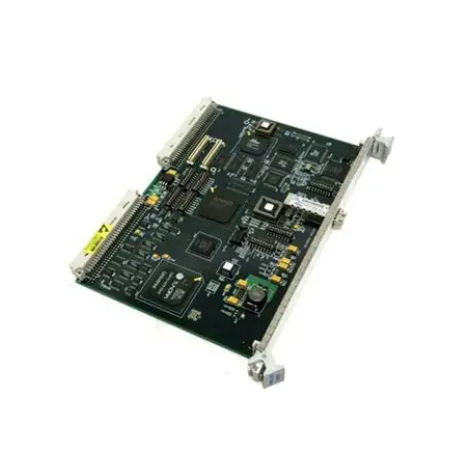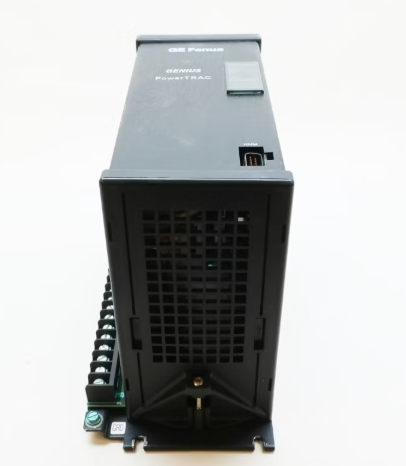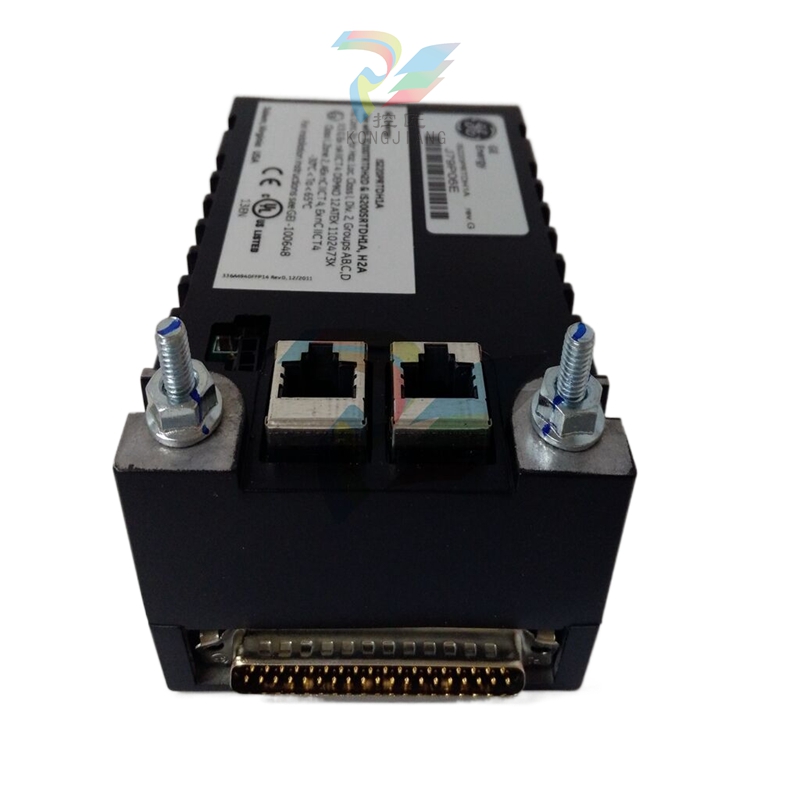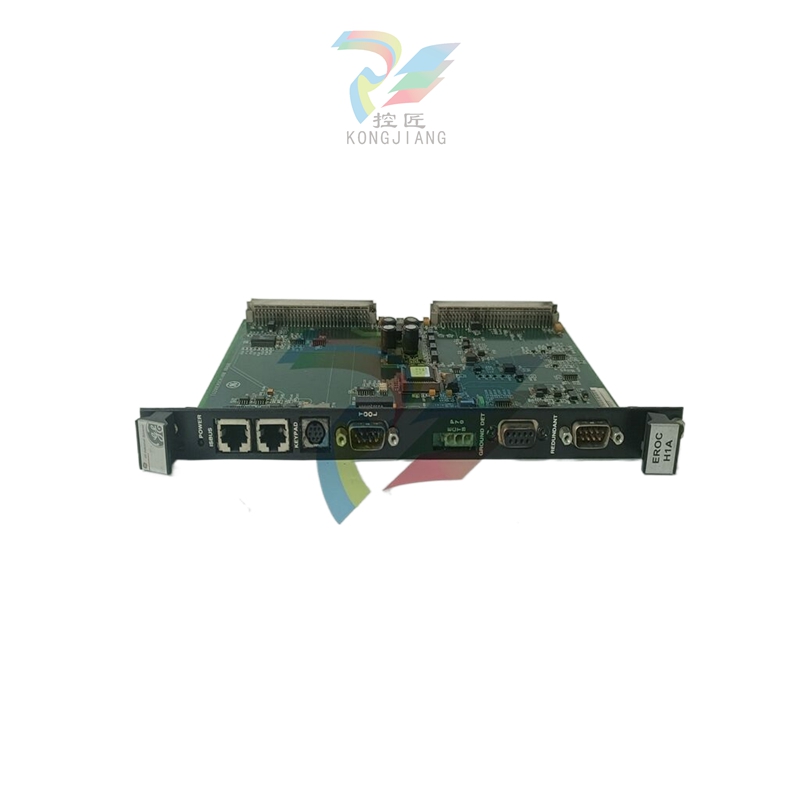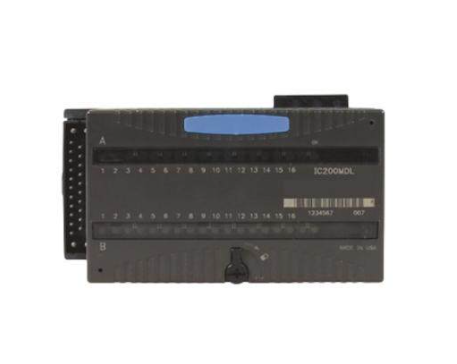Eight landmark achievements in the field of life sciences
Synthetic biology research
After China's first synthetic bovine insulin in the world in 1965 (won the first prize of the 1982 National Natural Science Award), in November 1981, the joint research team composed of Shanghai Biochemical Institute, Shanghai Cell Institute, Shanghai Organic Institute, Biophysics Institute and related units outside the institute lasted 13 years. Yeast alanine transfer ribonucleic acid complete molecule containing 76 nucleotides was synthesized for the first time in the world.
This achievement won the first prize of the National Natural Science Award in 1987, which is of great significance to reveal the origin of life and the role of nucleic acids in living organisms, and lays a theoretical foundation for further understanding of genetic and other life phenomena, and the development and application of a variety of nucleic acid drugs, marking China's entry into the ranks of the world's advanced in this field.
In August 2018, the Innovation Center of Excellence in Molecular Plant Science used synthetic biology "engineering" methods and efficient enabling technology to use single-cell eukaryotic Saccharomyces cerevisiae (naturally containing 16 linear chromosomes) as research materials to artificially create eukaryotic cells containing only a single chromosome for the first time in the world.
After synthetic bovine insulin and yeast alanine transfer ribonucleic acid, Chinese scientists have once again used synthetic science strategies to answer major fundamental questions in the field of life science, which will deepen human understanding of the nature of life.
Study on nonhuman primate model and brain connectivity map
The Center of Excellence for Brain Science and Intelligent Technology has made a series of important original achievements in the research of non-human primate models and brain connectivity maps.

At the end of 2017, the world took the lead in overcoming the worldwide problem of non-human primate somatic cell nuclear cloning, and the world's first individual cell cloned monkey "Zhong Zhong" was born on November 27, and the second cloned monkey "Hua Hua" was born on December 5.
This is another major breakthrough in the field of cloning biotechnology after the British sheep "Dolly" was cloned in 1997, which will strongly promote basic research in life sciences and translational medicine research, and bring bright prospects for exploring the mechanism of many complex diseases, establishing effective diagnosis and treatment and intervention methods, and creating new drugs.
In 2016, the Innovation Center of Excellence established the world's first non-human primate model carrying human autism genes, the cynomorphic monkey model, and constructed a behavioral analysis paradigm of non-human primate autism, providing an important window for observing the neuroscience mechanism of autism. It lays an important foundation for the in-depth study of the pathology of autism and the exploration of possible therapeutic intervention methods.
In 2016, the Center for Excellence in Innovation successfully drew a more accurate map of human brain functional divisions, namely the human brain network group map, breaking through the bottleneck of traditional brain mapping for more than 100 years, proposed the idea of "using brain connectivity information to map the brain", and established the living whole brain connectivity map on a macro scale for the first time. It provides an important foundation for the source innovation of brain science and brain disease research.
Genomic research
In July 1999, led by the Institute of Genetic Development, China participated in the International Human Genome Project, becoming the sixth participating country and the only developing country after the United States, Britain, France, Germany and Japan.
In April 2000, China completed the 1% genome sequence framework of the International Human Genome Project ahead of schedule. The 30 million bases on the short arm of chromosome 3 were determined. In February 2001, Nature published a research paper on the framework diagram of the Human Genome Project. In December 2002, Nature published a research paper on the fine map of the genome sequence of long-grain rice, and the complete map with a coverage rate of 99.99% was drawn. It has laid a foundation for China's biological resources genome research and participation in international biological industry competition.
In 2000, the Institute of Genetic Development cooperated in the Chinese Super hybrid rice Genome Project. In October 2001, it was the first to complete the drawing of the framework map of rice (indica rice) gene work, and released the database for free.
In December 2002, the world's first fine map of the whole genome of crops, indica rice genome sequence, was completed, and the world's first gene chip covering the whole genome of rice was successfully developed, laying a foundation for maintaining China's international leading position in the field of hybrid rice breeding. He won the Outstanding Scientific and Technological Achievement Award of the Chinese Academy of Sciences in 2003.
In 2014, the Institute of Animal Sciences successfully deciphered the whole genome sequence of migratory locust, which is the largest animal genome deciphered so far, revealing the regulation of migratory locust swarm behavior and the genetic and epigenetic regulation mechanisms of phenotypic plasticity. At the same time, a series of breakthroughs have been made around the difficult problems such as the mechanism of population outbreak disaster. Won the 2017 Outstanding Scientific and Technological Achievement Award of the Chinese Academy of Sciences.
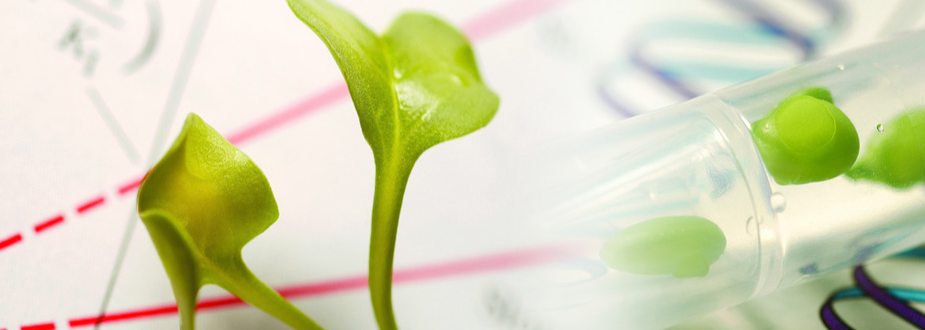
Flora of China and biodiversity research
In 2004, Flora of China, an encyclopedia of higher plant resources in China, was published.
Led by the Chinese Academy of Sciences (Institute of Botany, South China Botanical Garden, Kunming Institute of Botany, etc.), the book took 41 years (1918-1959) of preparation by four generations of plant taxonomists in China, 45 years (1959-2004) of compilation and research, 312 authors and 164 cartographers from more than 80 units in China to complete.
The book has 80 volumes and 126 volumes, with a total of more than 50 million words, recording 301 families, 3,408 genera, 31,142 species of vascular plants in China, including 9,080 plates, which is the largest and most abundant plant annals published in the world.
Flora of China is a pioneering, innovative, systematic and basic project in the field of botany. It is a landmark achievement of Chinese botany research in the past half century. It has great academic value, promotes the development of related disciplines of botany and biology in China, and provides an important scientific basis for the research of terrestrial ecosystem and the development and utilization of plant resources. It has made a significant contribution to the sustainable development of biodiversity in China and around the world, and has had a far-reaching impact.
Before that, the "Chinese Higher Plant Atlas" and "Chinese Higher Plant Family and Genus Search Table" led by the Institute of Botany won the first prize of the 1987 State Natural Science Award; The research results of the Institute on the systematic arrangement and historical origin of pteridophytes in China won the first prize of the 1993 State Natural Science Award.
In terms of biodiversity survey, collection, preservation, protection and utilization, CAS has completed the construction of basic resource platforms such as botanical garden system, herbarium system, biogenetic resource bank and biodiversity monitoring and research network through the construction of strategic biological resources network, and established a relatively complete germplasm resource database and information sharing management system.
Kunming Institute of Botany led the establishment of the Southwest China Wild Species Germplasm Bank in 2009, collecting nearly 80,000 rare and endangered species, endemic species, and wild plant seeds of important economic and scientific value, and its germplasm resource conservation capacity has reached the international leading level. China Botanic Garden Alliance was initiated to implement the "Full coverage plan of Native plants", which plays an important support for biodiversity protection in China.
The establishment of the strategic biological resources Network of the Chinese Academy of Sciences and the scientific research carried out on the basis of it are of great strategic significance to promote the conservation of biodiversity in China, the development of biotechnology industry and the response to international biological resources competition.
Paleontological research
The Nanjing Institute of Paleontology discovered the Chengjiang zoological Group in 1984. After 17 years of large-scale collection and comprehensive research of more than 30,000 fossils, a series of world-renowned results have been achieved, which for the first time vividly reproduced the face of the Marine animal world 530 million years ago and provided a scientific basis for revealing the mystery of the "Cambrian explosion". The achievement was hailed as "one of the most amazing scientific discoveries of the 20th century" and won the first prize of the National Natural Science Award in 2003.
"Golden nail" is the international standard of global chronostratigraphic division and correlation. As of July 2018, among the more than 60 "golden nails" identified in the world, there are 11 in China, ranking first in the world, of which 7 (Changxing stage, Pai Bi stage, Wujiaping stage, Hernande Stage, Guzhang Stage, Jiangshan Stage and Wuliang stage) are completed by Nanjing Paleontology Institute.
Based on many years of continuous large-scale field investigations and excavations, the Institute of Palaeontology has carried out research on the vertebrate fauna in Jehe, western Liaoning, and made a series of important discoveries and original achievements, which have enriched human understanding of the Early Cretaceous terrestrial ecosystem, and are of great significance in the study of the origin and systematic evolution of many vertebrate groups.
He won the Outstanding Scientific and Technological Achievement Award of the Chinese Academy of Sciences in 2003, and was selected as one of the top Ten scientific and technological discoveries in the world in 2007 by Time Magazine and the top ten scientific breakthroughs in 2014 by Science Magazine.

Through the discovery and study of the earliest fossils of modern humans in East Asia 80,000 to 120,000 years ago, the Institute of Palaeontology denied part of the "African origin theory" of modern humans, and proposed a new hypothesis of the emergence and diffusion of modern humans in East Asia, providing important fossil evidence for the study of human evolution in East Asia, and pushing the study of ancient human evolution in China to the international frontier level. The related achievements were selected as Nature's top ten scientific Events in 2014.
Stem cell and regenerative medicine research
In 2009, the cooperative method of animals for the first time used induced pluripotent stem cells (iPS cells), through tetraploid blastocyst injection to survive and have the ability to reproduce mice, the first time in the world to prove the totipotency of iPS cells, for further research iPS technology in the field of stem cells, developmental biology and regenerative medicine to provide a technical platform. He won the Outstanding Scientific and Technological Achievement Award of the Chinese Academy of Sciences in 2013.
Since then, the institute has also taken the lead in establishing mammalian solitary male and parthenogenetic haploid embryonic stem cell lines, and has formed an internationally advantageous technical system for functional gene screening and research. It is found that parthenogenetic haploid stem cells can replace sperm after modification of genomic imprinting, and a new method of "homosexual reproduction" has been established.
In 2012, the Guangzhou Institute of Biology used urine epithelial cells to induce the generation of neural stem cells, providing a new way for the treatment of neurological diseases.
In 2016, the Center of Excellence in Molecular and Cellular Science successfully used transdifferentiation technology to construct liver cells, developed a new type of bioartificial liver, treated and saved more than 10 cases of liver failure patients, and achieved industrial transformation.
Since 2015, the Institute of Genetic Development has used nerve regeneration collagen scaffolds combined with cell transplantation to treat spinal cord injury and achieved good results. From 2013 to 2018, the use of stem cells combined with collagen scaffolds to treat endometrial injury and premature ovarian failure was successful, and it is expected to become an effective therapy for female reproductive system diseases.
New drug development
Shanghai Pharmaceutical Institute innovatively developed salvia polyphenolate and its powder injection, which obtained the new drug certificate and production approval in May 2005, and was rated as the most competitive pharmaceutical variety in the market by the Chinese pharmaceutical industry.
Since it was put into operation in 2006, the cumulative sales revenue has exceeded 20 billion yuan, benefiting more than 15 million patients, and has a demonstration role in the modernization of Chinese traditional medicine. He won the Outstanding Scientific and Technological Achievement Award of the Chinese Academy of Sciences in 2013.
In 2009, Shanghai Pharmaceutical Institute spent more than 10 years to independently develop China's first national class fluoroquinolone antibacterial drug with independent intellectual property rights, antofloxacin hydrochloride, which significantly improved the antibacterial activity and metabolic properties, breaking the situation of China's long-term reliance on generic drugs.
After more than 20 years of efforts, on July 17, 2018, the mannooligosaccharic acid (GV-971) jointly developed by Shanghai Pharmaceutical Institute completed the phase III clinical trial, and the cure effect was obvious, marking a major breakthrough in China's new drug for the treatment of Alzheimer's disease with independent intellectual property rights.
The novel mode of action and unique multi-target action characteristics of GV-971 have subverted the traditional understanding of the pathogenesis of Alzheimer's disease by the world medical community on the drug antitofloxacin hydrochloride Diaoxuenkang capsule mannooligosaccharide (GV-971) capsule tumor immune targeting small molecule inhibitor, and opened up a new path for the development of Alzheimer's disease drugs.
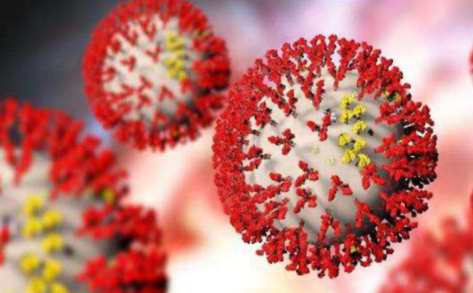
In 2014, Shanghai Institute of Organics developed tumor immune targeting small molecule inhibitor (IDO) - indoleamine 2, 3-dioxygenase, which can be used to treat prostate cancer, pancreatic cancer, breast cancer, stomach cancer and other tumor diseases. In September 2017, the license was transferred to domestic biopharmaceutical enterprises for $457 million.
Studies on distant hybridization and molecular breeding
After more than 50 years of unremitting efforts, the Institute of Genetics and Development has cultivated a new wheat variety of "Small Yan" series through systematic remote hybridization research, which has opened up a new way for wheat chromosome engineering breeding.
Among them, "Xiaoyan No. 6" not only has a large popularization area and a long time, but also is one of the most important backbone parents of wheat breeding in China, and more than 80 high-yield and high-quality wheat varieties have been derived. In 2006, the institute passed the wheat variety "Konong 199" approved by the state, becoming one of the main varieties in the Huanghuai wheat area.
After more than 10 years of research, the institute has comprehensively applied genomics, computational biology, systems biology, synthetic biology and other means to create a new generation of rice super variety cultivation system solutions and breeding new technologies.
The molecular mechanisms of cold tolerance, heterosis, broad-spectrum disease resistance and yield balance of rice were analyzed theoretically. New rice module varieties, such as "Zhongke 804", "Zhongke 902" and "Jiayou Zhongke" series, adapted to the Northeast rice area and the middle and lower reaches of the Yangtze River rice area, have been cultivated to realize the coordinated improvement of rice with high quality, high yield and high resistance.
This achievement marks the initial establishment of a new system of molecular module breeding technology in China, which is in the forefront of modern breeding theory research and the cultivation of a new generation of design varieties, and is the third major breakthrough after the agricultural "green revolution" and hybrid rice. He won the 2013 Outstanding Scientific and Technological Achievement Award of the Chinese Academy of Sciences and the first prize of the 2017 National Natural Science Award.
- EMERSON
- Honeywell
- CTI
- Rolls-Royce
- General Electric
- Woodward
- Yaskawa
- xYCOM
- Motorola
- Siemens
- Rockwell
- ABB
- B&R
- HIMA
- Construction site
- electricity
- Automobile market
- PLC
- DCS
- Motor drivers
- VSD
- Implications
- cement
- CO2
- CEM
- methane
- Artificial intelligence
- Titanic
- Solar energy
- Hydrogen fuel cell
- Hydrogen and fuel cells
- Hydrogen and oxygen fuel cells
- tyre
- Chemical fiber
- dynamo
- corpuscle
- Pulp and paper
- printing
- fossil
- FANUC
- Food and beverage
- Life science
- Sewage treatment
- Personal care
- electricity
- boats
- infrastructure
- Automobile industry
- metallurgy
- Nuclear power generation
- Geothermal power generation
- Water and wastewater
- Infrastructure construction
- Mine hazard
- steel
- papermaking
- Natural gas industry
- Infrastructure construction
- Power and energy
- Rubber and plastic
- Renewable energy
- pharmacy
- mining
- Plastic industry
- Schneider
- Kongsberg
- NI
- Wind energy
- International petroleum
- International new energy network
- gas
- WATLOW
- ProSoft
- SEW
- wind
- ADVANCED
- Reliance
- YOKOGAWA
- TRICONEX
- FOXBORO
- METSO
- MAN
- Advantest
- ADVANCED
- ALSTOM
- Control Wave
- AB
- AMAT
- STUDER
- KONGSBERG
- MOTOROLA
- DANAHER MOTION
- Bently
- Galil
- EATON
- MOLEX
- Triconex
- DEIF
- B&W
- ZYGO
- Aerotech
- DANFOSS
- KOLLMORGEN
- Beijer
- Endress+Hauser
- MOOG
- KB
- Moxa
- Rexroth
- YAMAHA
- Johnson
- Westinghouse
- WAGO
- TOSHIBA
- TEKTRONIX


Email:wang@kongjiangauto.com


















































































































